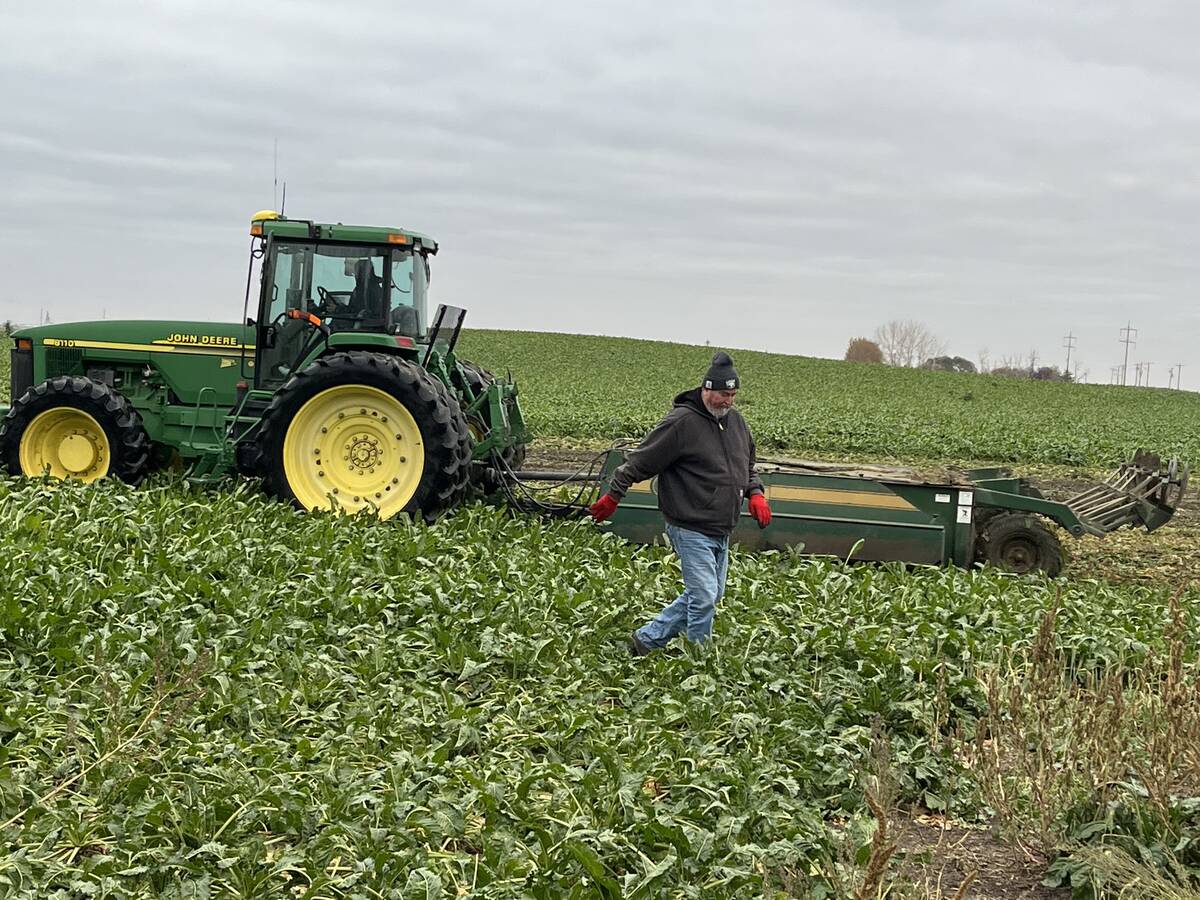RED DEER Alta. – The federal government, faced with rising public concerns over humane transport of animals, expects to have a new system focused on livestock and poultry by the end of next year.
A so-called “national humane transportation system” will be based on a one-year pilot project to be launched by September.
“Lots of people outside of agriculture were saying things about how animals were transported and we had no ammunition to justify what we were doing,” said Susan Kitchen, manager of Alberta Foundation for Animal Care.
Read Also

Weight-loss drugs and health initiatives hammer a crop that usually provides an economic cushion
Americans are simply eating less sugar. Consumption started to decline in the 1990s as artificial sweeteners grew in popularity. Farmers this year planted their smallest sugar beet acreage since 1982.
Agriculture Canada released recommendations last week from a review committee consisting of representatives from government, industry and private interest groups.
The review began in 1993. Participants on the committee found laws to move animals humanely already exist. However, enforcement and punishment of violators is lax.
And, when poultry and livestock producers were challenged by animal rights groups about deaths and injuries due to transportation, they had no facts with which to defend themselves.
Transportation often forgotten
Ray Fenton, a provincial veterinarian in Alberta and member of the national review committee, said no national rules exist to govern how tightly stock can be loaded onto trucks, distance that animals can move before stopping for rest, food and water or an acceptable age for moving young animals and birds. Most commodity groups have codes of practice but don’t always deal with transportation, said Fenton.
A single transportation code that sets national standards is necessary, he said.
The recommendations will be worked into guidelines for the pilot project, which will be followed by a national code of practice next year.
In its report, the committee recommends changes to make transportation of any species easier. There are no standards for moving horses or exotic species like ostriches, bison, wild boar or llamas.
And inspectors and police don’t have adequate training on humane animal transportation, the report noted.
The report also outlined concerns regarding the movement of sick, injured and downed animals. Downers, those animals which can’t stand without assistance, need special attention, said the report.
The transportation guidelines would also extend to movement by water and air.
Training for workers
The review committee is looking at training programs for those who move animals to help workers make better decisions on how to treat animals in different situations, said Fenton.
Inspections should be increased at assembly yards, auction yards, processors and other gathering points for animals, he said.
“There’s a lack of an organized approach to the surveillance of the humane transportation of animals within Canada,” said Fenton.















